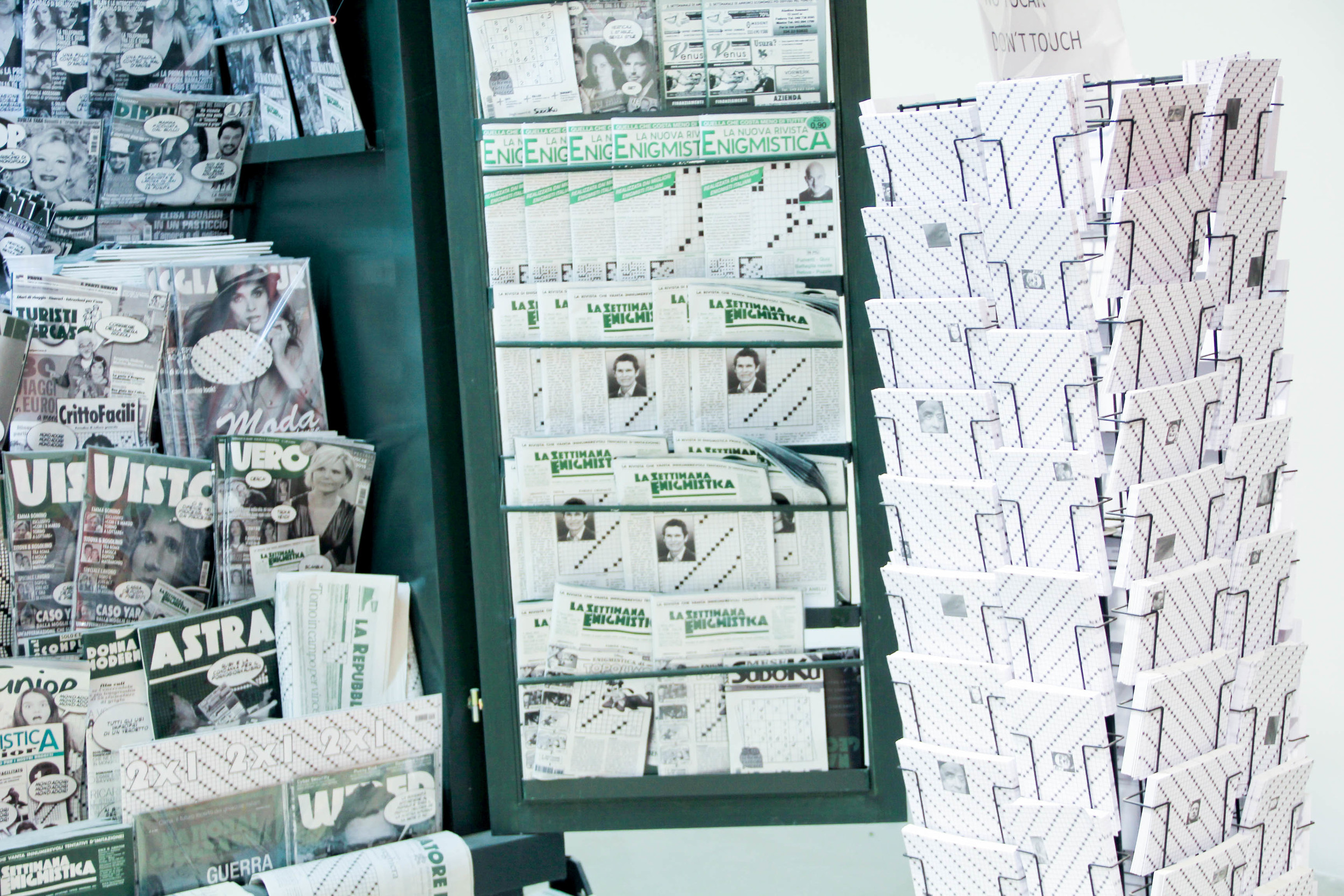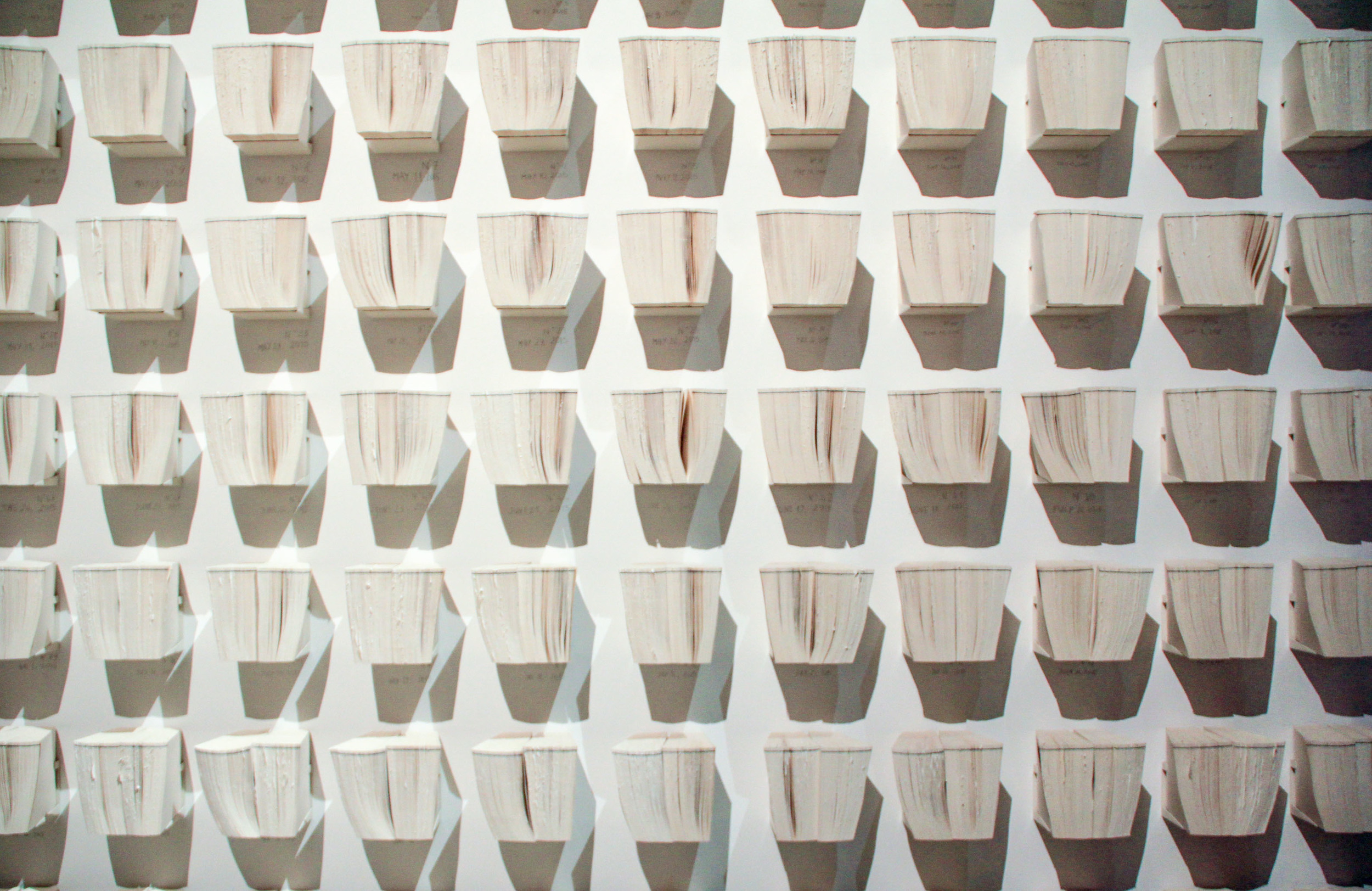All the World’s Futures: all perspective of art
The 56th International Art Exhibition entitled All the World’s Futures, curated by Okwui Enwezor and organized by la Biennale di Venezia chaired by Paolo Baratta, is open to the public from Saturday, May 9th to Sunday, November 22th, 2015 at the Giardini della Biennale and at the Arsenale.
Here are what we loved to capture from the exhibition:
We Are Still Watching by Ivana Müller (Arena of Central Pavilion)
The art of participation that we've experienced this year. A reading rehearsal performed by the participator ourselves. The piece forges a community of readers entangled in a shared plot, in which each of them has to discover his or her role. While the script dictates the conversation, the performers rely on each other’s unceasing participation to keep the momentum going. (The photoshoot between the participation was not allowed)
Moment after reading. Arena of Central Pavilion. Venice Biennale of Art 2015. image © Futurecrafter
Life, Death, Love, Hate, Pleasure, Pain by Bruce Nauman.
Located at the entrance of Central Pavilion, the circle light that stunt us for a while and make us questioned ourselves while it keeps rolling.
Life, Death, Love, Hate, Pleasure, Pain by Bruce Nauman. image © Futurecrafter
From The Horde To The Bee by Marco Fusinato (Arsenale)
A project to raise funds for the Primo Moroni Archive in Milan. The Primo Moroni Archive is an archive and resource for militant and critical publishing. The print document in the exhibition contains a selection of material from the Primo Moroni Archive. All images are reproduced on 1:1 scale as scanned. Visitors can leave a donation on the table where it will remain for the entire duration of the exhibition. We leaved €10 and we've already took a copy of the print document just to found out that it is significantly valuable. (At the end of the exhibition all proceeds on the table will be donated to the Primo Moroni Archive.)
The Key in the Hand by Chiharu Shiota (Japan Pavillion)
Berlin-based artist Chiharu Shiota creates large-scale installations by stretching yarn across the exhibition space, and produces works out of materials that are filled with memories and traces of everyday life such as dresses, beds, shoes, and suitcases.
The Key in the Hand by Chiharu Shiota. Venice Biennale of Art 2015. image © Futurecrafter
Her aim is to represent memories, opportunities and hope. The hanging old keys represent all these human conditions. They are held by a boat which symbolises a hand wrapping and gathering each human being along with their important features. Visitors may feel as if walking around an ocean of memory.
The Key in the Hand by Chiharu Shiota. Venice Biennale of Art 2015. image © Futurecrafter
The keys are connected to each other by thousands of red strings. Keys are everyday objects that protect valuable things and by coming into contact with people’s warmth on a daily basis, the keys accumulate a web of memories that coexist within us. They are a medium that conveys our true feelings and they are connected to one another just as humans are. They even resemble the shape of a human body.
The Key in the Hand by Chiharu Shiota.
Venice Biennale of Art 2015. image © Futurecrafter
Our Product by Pamela Rosenkranz (Swiss Pavilion)
‘Our product‘ is composed of immaterial elements curated by Susanne Pfeffer, combined elements such as light, colour, scent, sound. Also contains organic components as hormones and even bacteria.
Our Product by Pamela Rosenkranz. Venice Biennale of Art 2015. image © Futurecrafter
Nervous Organ by Orly Aviv (Palazzo Mora)
The interactive installation that stimulated deep sea diving in a wired dark room. Our movements trigger sensors, which activate full wall video projections and music. The video footage shows diverse and colourful marine environments. The sensual music is composed from ocean sounds, like the calls of whales and dolphins.
Nervous Organ by Orly Aviv. Venice Biennale of Art 2015. image © Futurecrafter
Global Myopia by Marco Maggi (Uruguay Pavilion)
A site-specific installation of paper, stickers and pencils. A paper skin with no letters, or handwriting, free from messages, displayed slowly, according to no previous plan, on the walls of the Uruguayan pavilion. The colonies of paper sticker on the walls enter in dialogue with a custom lighting track provided by Erco. Myriads of high-definition shadows and infinitesimal incandescent projections will aim to slow down the viewer.
Venice Biennale of Art 2015. image © Futurecrafter
Venice Biennale of Art 2015. image © Futurecrafter
Drawing Machine by Marco Maggi. Venice Biennale of Art 2015. image © Futurecrafter
Speculating on the Blue by Flaka Haliti ( Kosovo Pavilion)
An installation that addresses the topos of borders that are not only part of her personal history but also our everyday global reality. The artist specifically examines the features of the borderland, often deserted and seemingly decaying within a short period of time.
Venice Biennale of Art 2015. image © Futurecrafter
More shorts from this exhibition. See our gallery below:















































